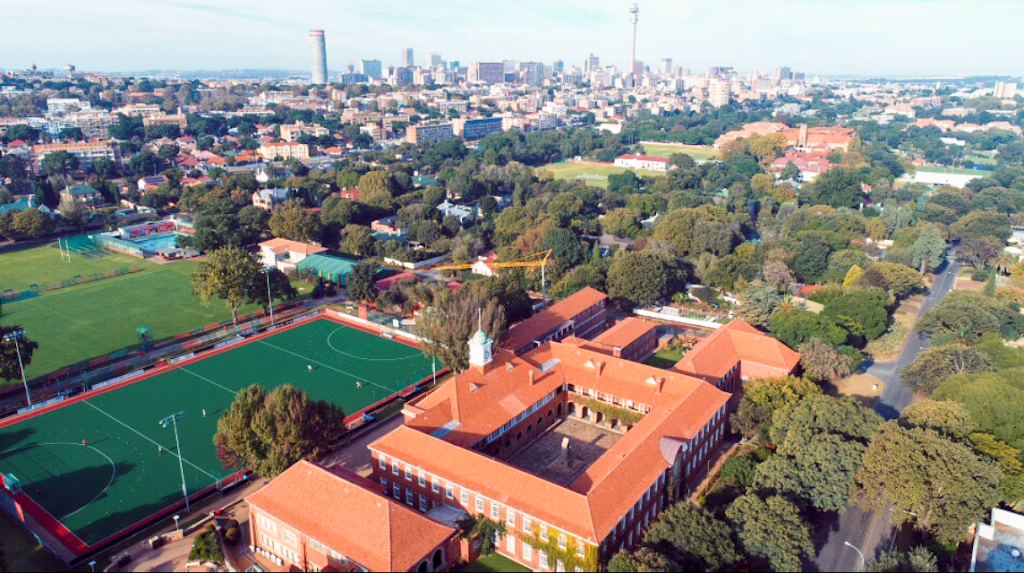💡Bidirectional Optics | Cost-Effective Resilient Internet for King Edward School🫅
 Ronald Bartels
Ronald Bartels
Understanding Bidirectional Optics
Bidirectional (BiDi) optics are a clever solution for maximizing the efficiency of fiber optic connections. Unlike traditional fiber optics, which use two strands—one for transmitting and the other for receiving—BiDi optics enable bidirectional communication over a single fiber strand by using different wavelengths of light. This reduces the fiber count required for networking while maintaining high-speed data transfer.
BiDi optics work by using Wavelength Division Multiplexing (WDM), where one wavelength is dedicated to sending data, and another, separate wavelength is used for receiving data. This allows network operators to effectively double the capacity of a fiber pair without having to lay additional infrastructure.

The Problem at King Edward School
King Edward School consists of both a Junior School and a High School, each with separate internet services. However, these two campuses shared a fiber pair for on-premises resources such as shared servers and internal applications. The challenge was to introduce a redundant internet path for improved resilience without the cost of deploying additional fiber.
Traditional solutions would require either:
Laying a new fiber link, which is expensive and logistically challenging.
Rearranging network traffic, potentially causing bottlenecks or compromising network security.
Neither of these options was ideal. Enter BiDi optics as the game-changer.
How BiDi Optics Solved the Problem
By using BiDi transceivers, the existing fiber pair was effectively split into two separate fiber paths, one for each school. This freed up a dedicated fiber strand, allowing the High School to host a second independent internet connection. This second link was then integrated into Fusion SD-WAN, providing enhanced redundancy, load balancing, and seamless failover between internet connections.
The Benefits of the BiDi Approach
Cost Savings: The school avoided the expense of laying new fiber infrastructure. In fact, the savings from using BiDi optics covered the cost of two years of SD-WAN services!
Improved Redundancy: Each campus now had independent internet access while still maintaining a seamless internal network.
Optimized Network Utilization: With Fusion SD-WAN intelligently managing traffic between the two links, network efficiency and uptime improved significantly.
Wrap
The implementation of bidirectional optics at King Edward School is a testament to how innovative networking solutions can drive cost savings and performance improvements. By leveraging BiDi optics and Fusion SD-WAN, the school now enjoys a resilient, high-performance network that ensures uninterrupted access to online resources—all while staying within budget.
For organizations looking to optimize their network infrastructure without breaking the bank, BiDi optics present a simple yet highly effective solution. 🚀💡🎯
Subscribe to my newsletter
Read articles from Ronald Bartels directly inside your inbox. Subscribe to the newsletter, and don't miss out.
Written by

Ronald Bartels
Ronald Bartels
Driving SD-WAN Adoption in South Africa